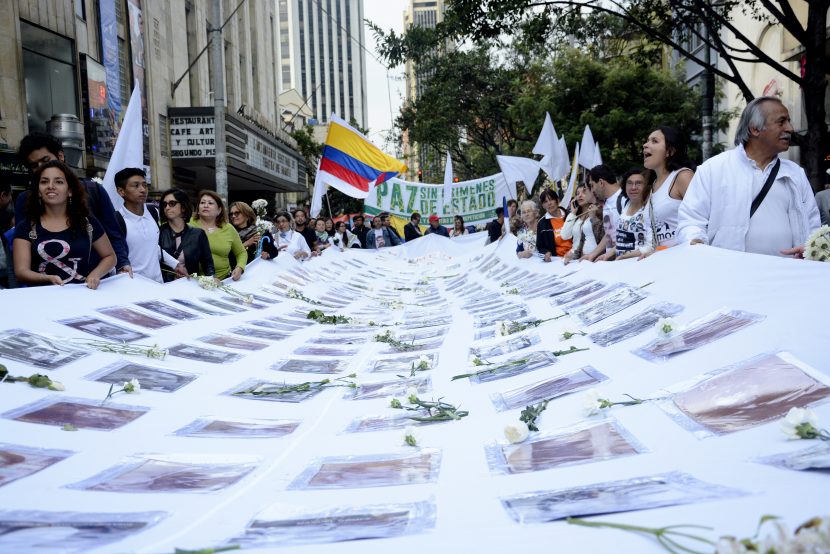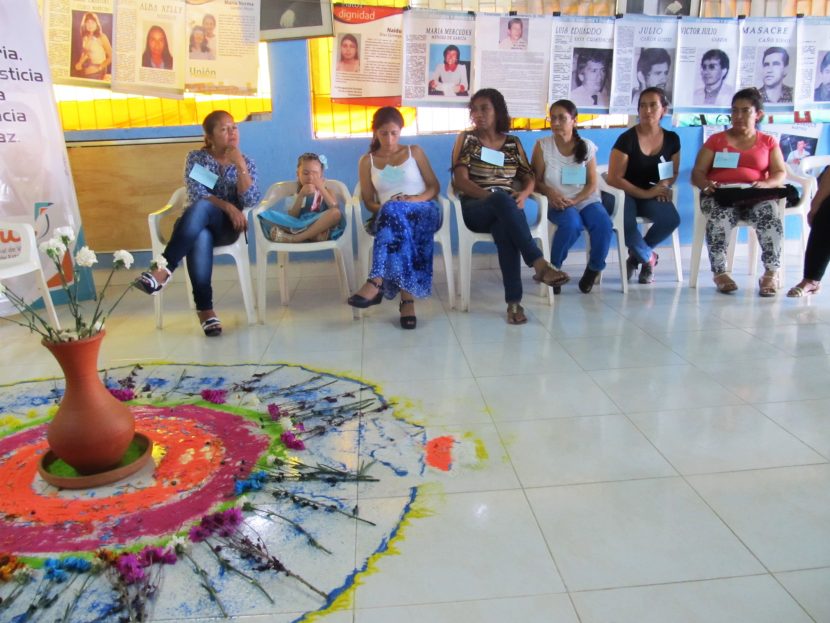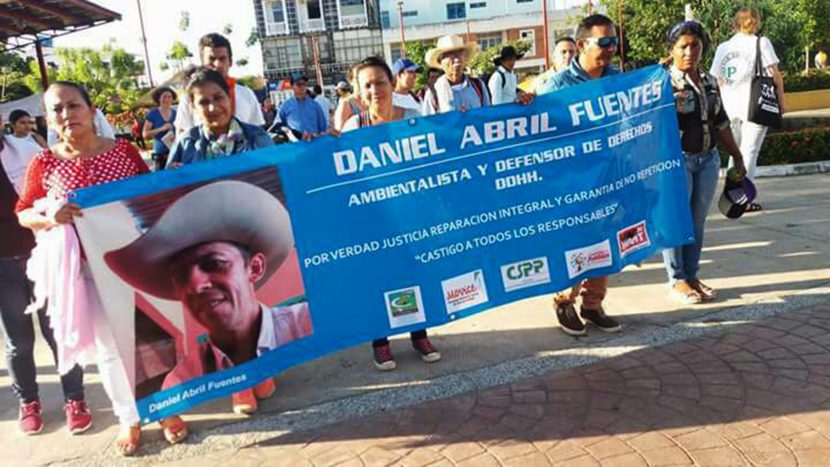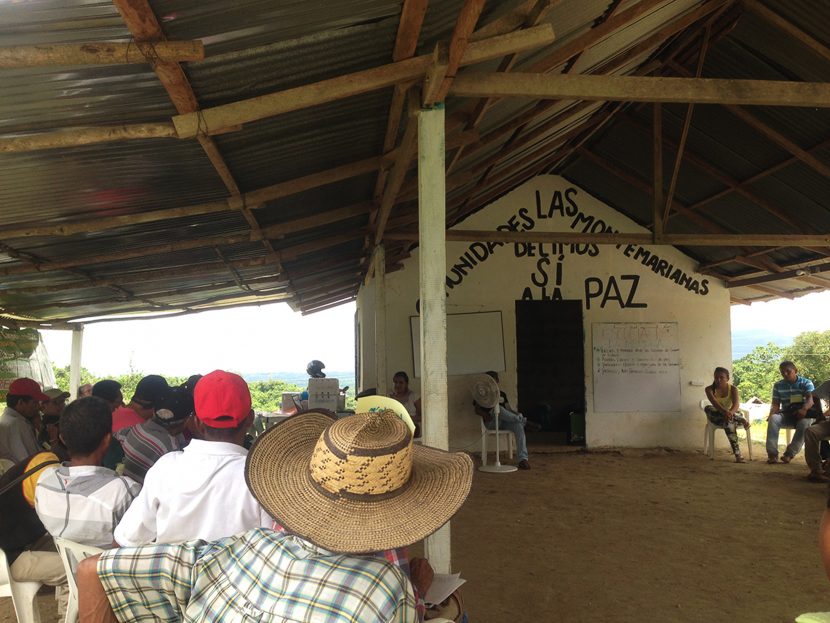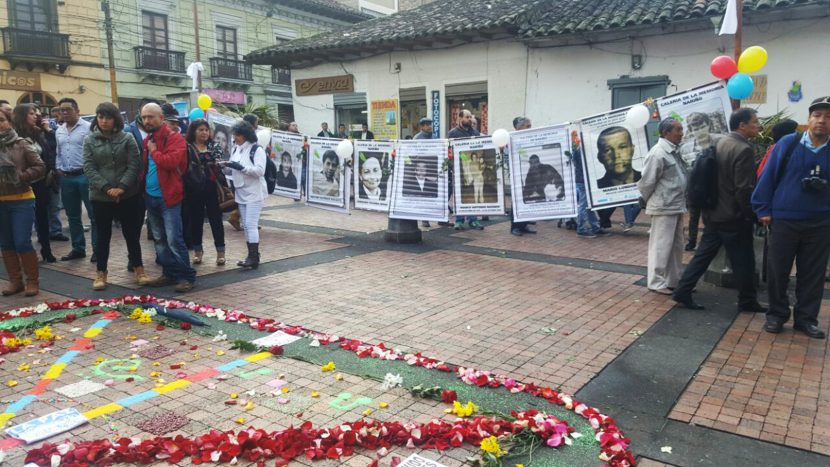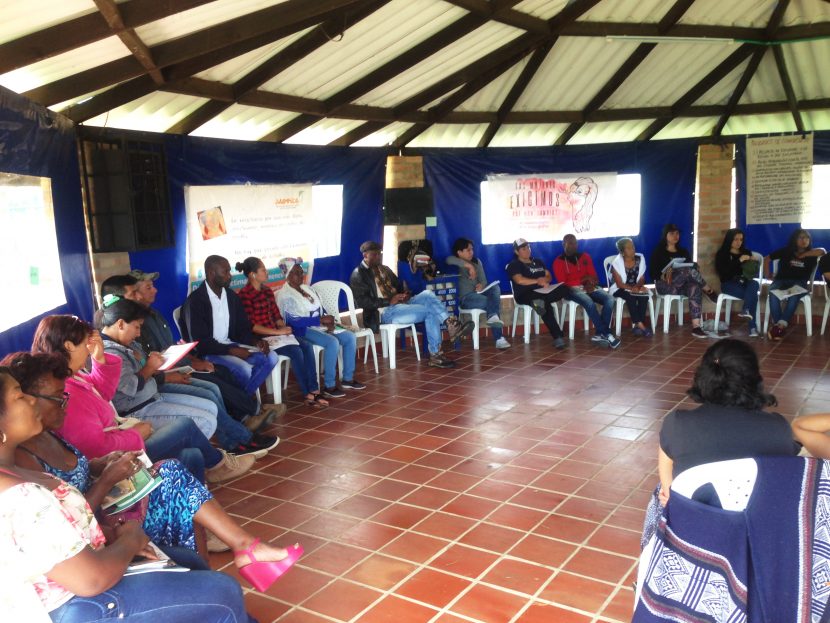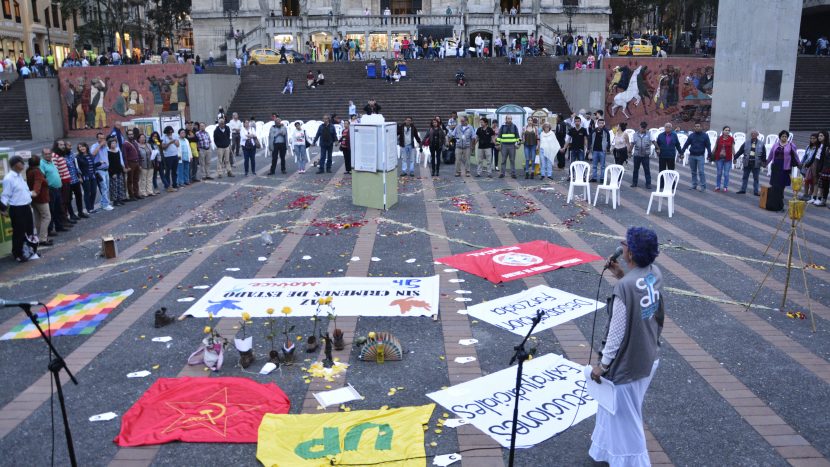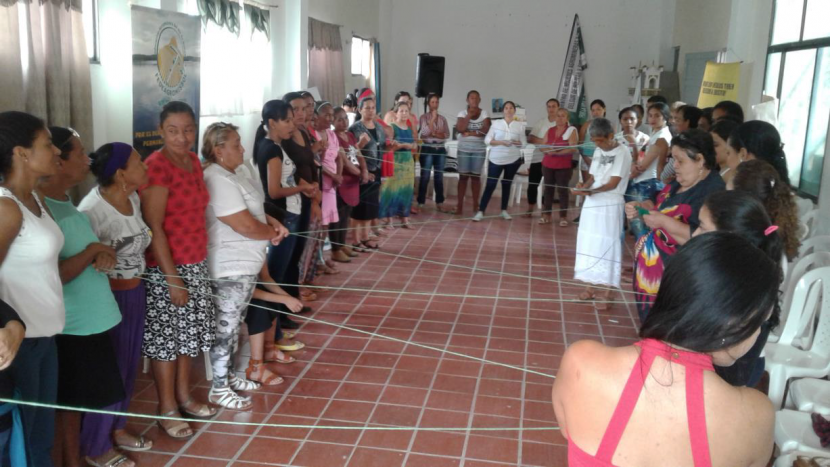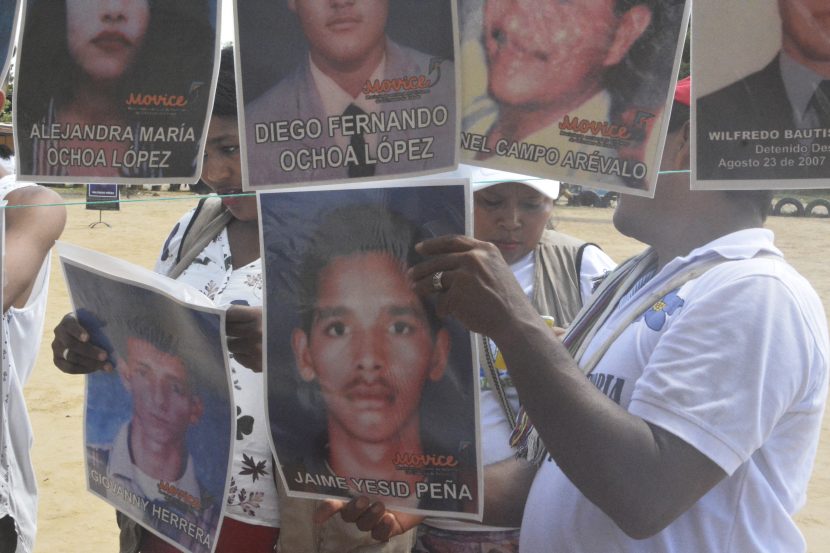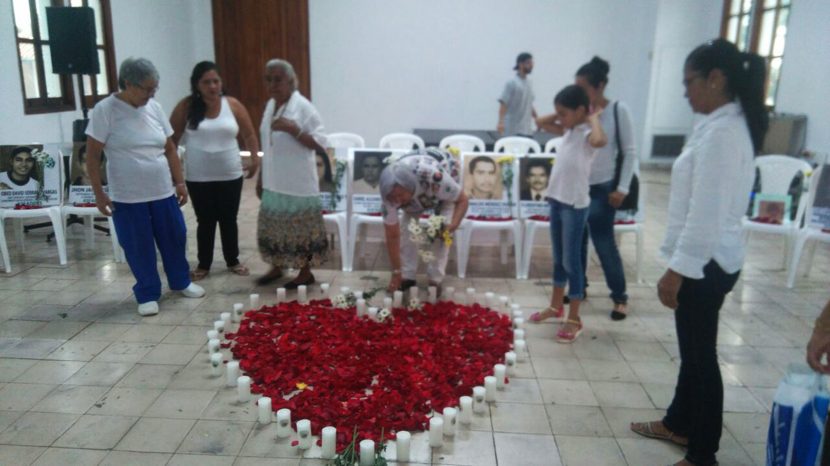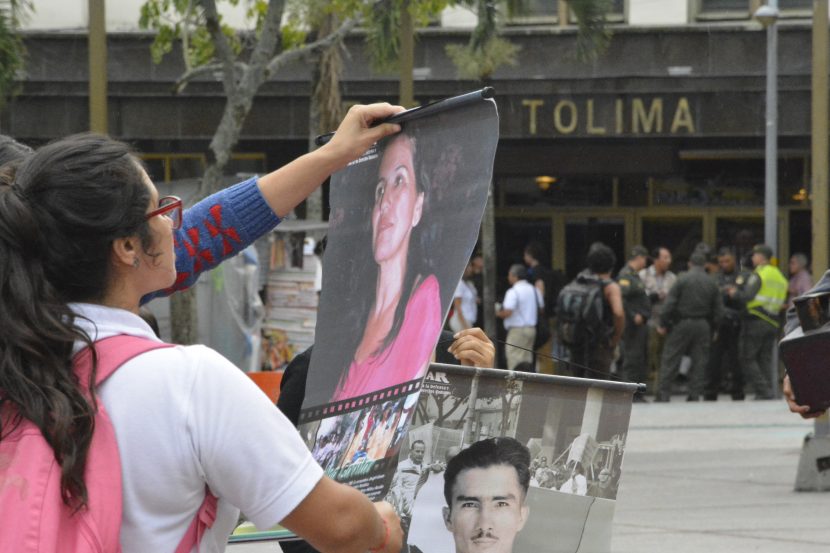Bogotá Chapter into context
In 2016, the Tribunal Superior de Bogotá rendered a decision where it affirmed that the Bloque Capital of the AUC, which operated in the capital, was consolidated at the end of 1997. After the Mapiripán massacre, Carlos Castaño ordered the criminal structure to be expanded with the support of the (retired) military captain Jorge Rojas Read More


